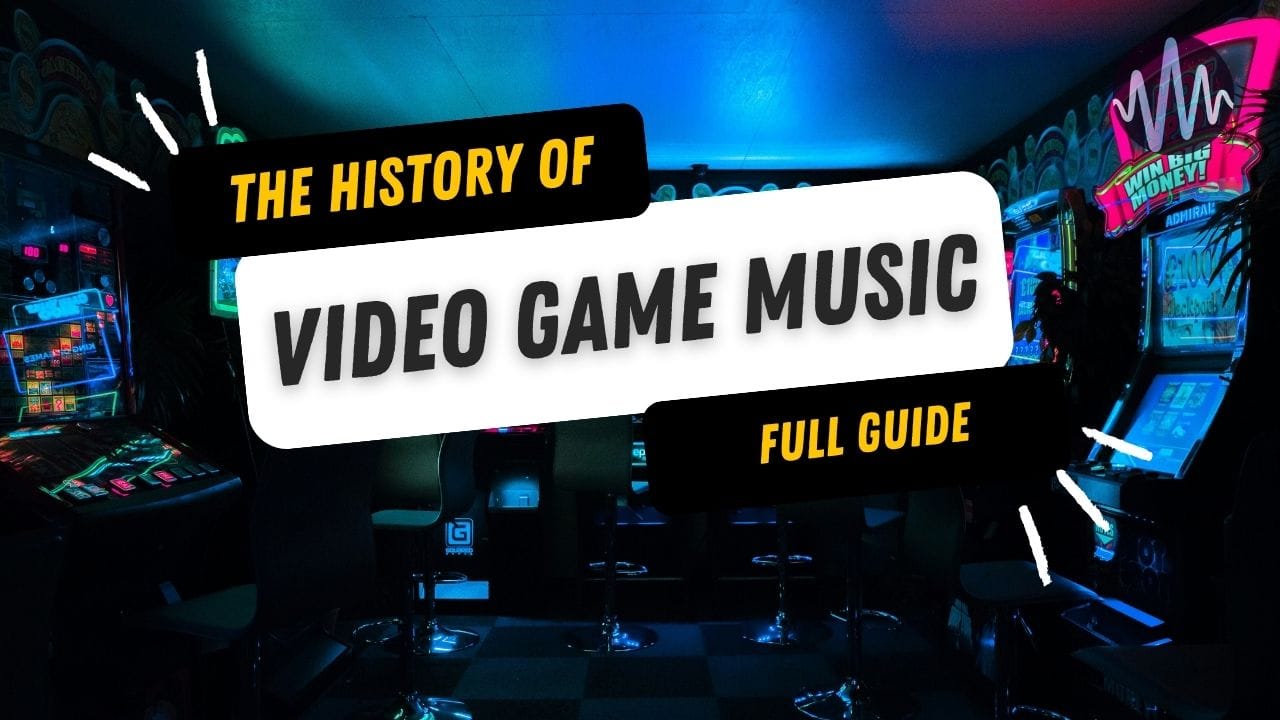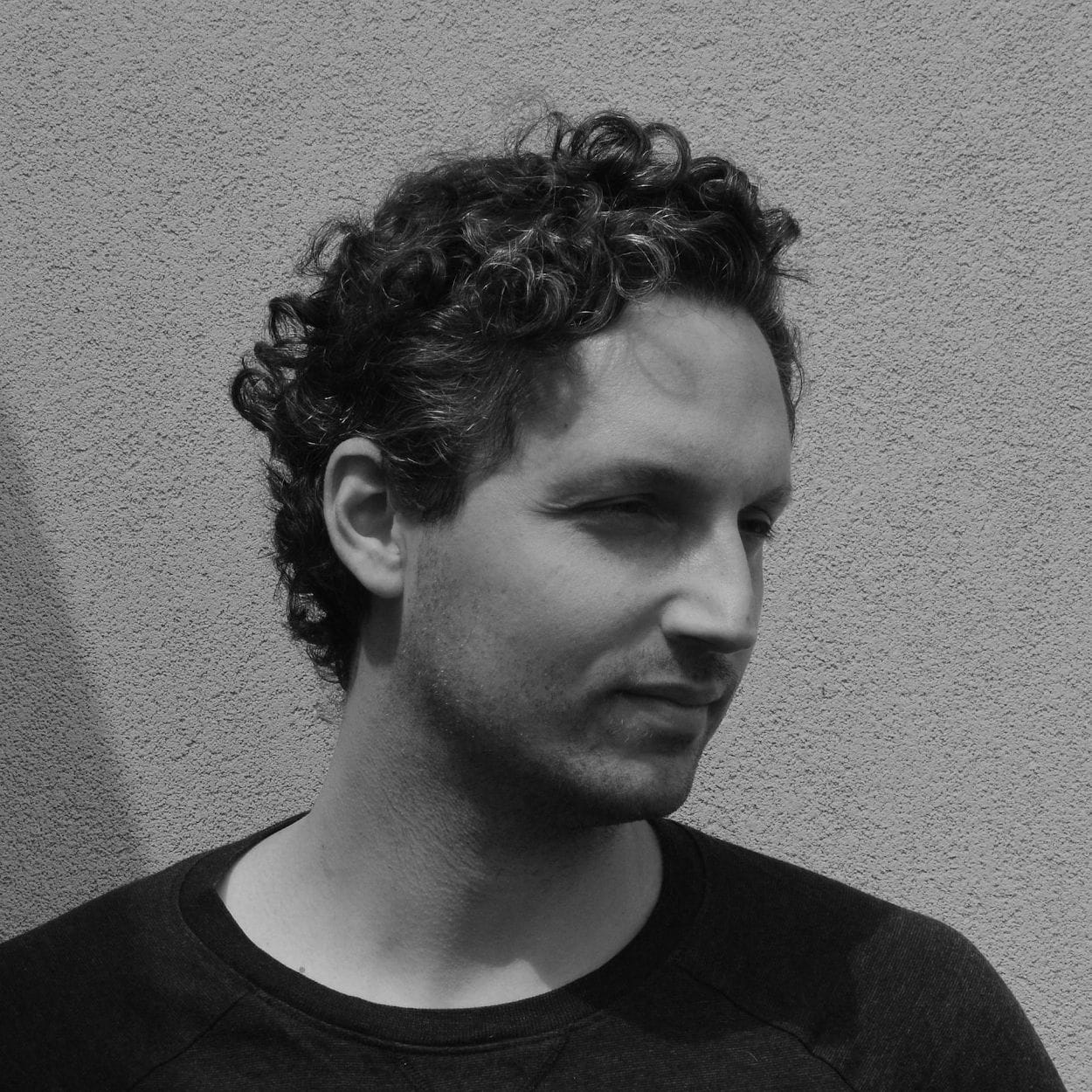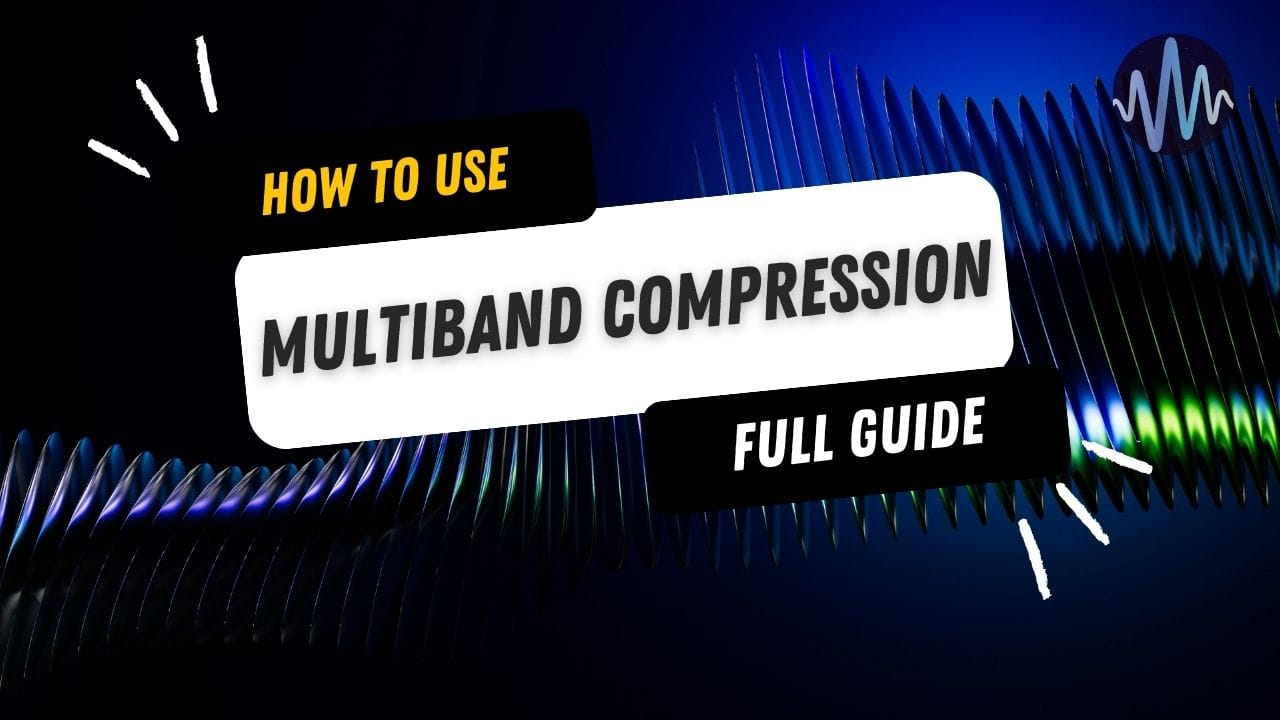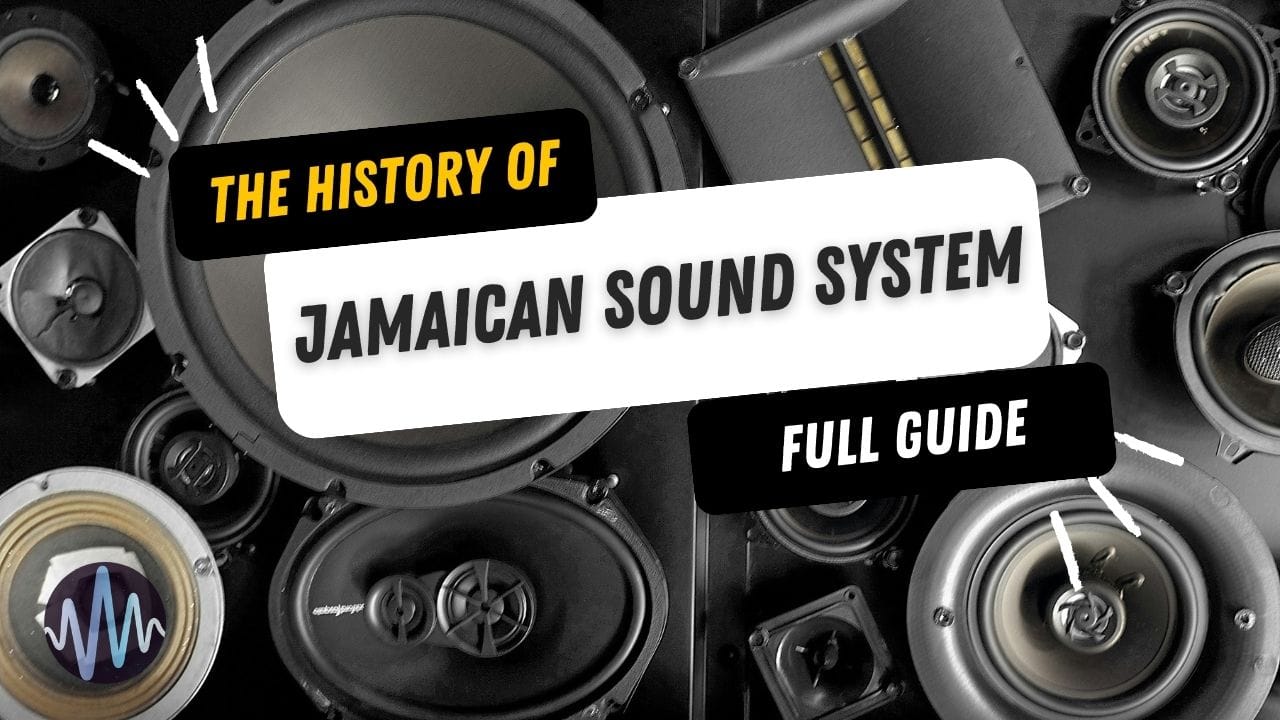
Fifty-four years separate us from the first-ever video game featuring sounds, Computer Space, and in these six decades, the evolution of video game soundtracks has been relentless.
From converting electrical impulses into audio, to intricate soundscapes in 8, 16, 32 and now 64-bit, a game’s OST is, in terms of importance and complexity, not unlike the soundtracks of full-feature films.
In today’s post, we’ll take a look at the history and evolution of video game music, focusing on the technological advancements and OSTs that revolutionized the industry.
1970s
A year after the aforementioned Space Invaders, Pong (1972) was the game that popularized sound effects. It featured basic square waves at different pitches to accompany the gameplay; these were created using sounds from the digital circuitry, with different sounds to recreate the effect of hitting and missing the ball, or the ball bouncing on a wall.
In Gun Fight (1975), we hear some kind of “music” in video games for the first time, with a single voice square wave jingle based on "The Funeral March" by Chopin.
Space Invaders (1978) was the first video game that experimented with adaptive sound design. This is one of the earliest examples of music being connected to gameplay mechanics: the descending chromatic bass notes, repeated in a loop, adjusted to the gameplay and increased pace as the enemies descended on the player.
In the 1970s and early 80s, the technology to convert electrical impulses into digital audio was just at the beginning, so music still had to be stored physically in cassette tapes and phonograph records, but they would break easily. One of the last video games to have a cassette tape deck inside the arcade cabinet was Journey (1983).
1980s
From arcade culture to home consoles, the 1980s turned video games into a cultural phenomenon. Music-wise there were also interesting innovations, as the 8-bit arcade games allowed production companies to hire composers to create a score for their video games.
Hardware limitations forced composers to innovate with chiptunes, music made from programmable sound generators that could only handle a few channels at once.
This was an era of catchy tunes, and as technological limitations made it challenging to create enveloping soundtracks, composers would often create memorable jingles that players connected to the video game right away.
Out of necessity came creativity: Koji Kondo’s legendary themes for Super Mario Bros. (1985) and The Legend of Zelda (1986) are instantly recognizable even today.
A new revolution came in the late 1980s, with the rise of 16-bit microprocessors and the beginning of the so-called fourth generation of video game consoles, or the “16-bit era”. The golden age of gaming.
1990s
By the early 1990s, thanks to the technological advancements in audio storage, composers started laying the foundations for the following generations of video game soundtrack creators. Among them was the legendary Nobuo Uematsu, the composer of the soundtrack for the Final Fantasy series.
In the mid-1990s, the world of video games changed once again with the dawn of the fifth-generation era of gaming consoles, which introduced music at a 16-bit depth and 44.1 kHz sampling rate.
Since this is the standard CD quality for audio recordings, this new revolution officially closed the gap between music composition and the gaming industry, allowing orchestral soundtracks and multi-layered arrangements to become part of the video game narrative.
2000s and Beyond
In the 2000s, sixth-generation consoles came out, and all of them (PlayStation 2, Xbox, and GameCube) offered the possibility to listen to cinematic-quality soundtracks, with 64 channels of 3D sound.
Games also started to license popular music. The Grand Theft Auto series is a great example: here, you can choose the radio station as you drive, which gives you a way to define the cultural settings of the gameplay, while personalizing your gaming experience.
From the 2010s, major studios started investing more heavily in original soundtracks. Think of The Elder Scrolls V: Skyrim (2011) with its 30-voice choir singing in a constructed dragon language, or Gustavo Santaolalla’s poignant soundtrack for The Last of Us (2013), which elevated the power of scores in video games.
Fast forward to 2025, and the video game music ecosystem is one of endless innovations, with enveloping virtual realities, virtual concerts, and adaptable soundtracks that can turn gaming into an immersive multi-sensorial experience.
Legendary Video Game Composers
Nobuo Uematsu
The legendary soundtrack composer Nobuo Uematsu will always be remembered for his groundbreaking work on the Final Fantasy series. A self-taught musician, Uematsu scored the first entry of the series in 1987, and since then, his music evolved hand in hand with technology, up until the symphonic experiences he crafted in the 2000s and beyond.
Mick Gordon
If you’re a metalhead like me, Mick Gordon’s work on the recent Doom games is an unmissable piece of work. Powerful and aggressive, his guitar-driven tracks are a perfect match for the hellish atmosphere of the iconic game!
Unfortunately, it’s unlikely Gordon will score another Doom game (because of disagreements between him and id Software Studio Director Marty Stratton), but luckily, the prolific composer has been working on many other great projects, including Atomic Heart and Diablo.
Koji Kondo
Here's a composer who affected the childhoods of millions, giving a voice to classics like Super Mario Bros. and The Legend of Zelda, with tunes so memorable that they've transcended the gaming world to become part of a global culture.
At first, Kondo’s scores for Nintendo games might just seem fun and engaging; however, they carry an emotional depth that makes them unforgettable. All this while following the game without taking center stage. Each video game music Kondo made is a sonic soundscape that tells an immersive story, and his score for Yoshi's Island is one that’s stayed in my heart for 30 years.
Jeremy Soule
If you’re more into cinematic, orchestral atmospheres, Jeremy Soule’s scores will make you fall in love with video game music. His most iconic works like The Elder Scrolls series show Soule’s passion for grand orchestras and harmony exploration.
His career has suffered a major downturn over the last few years, due to various allegations and situations of misconduct. Still, let’s separate the art from the artist for a moment, and enjoy his most memorable masterpieces.
Yasunori Mitsuda
While less prolific than the abovementioned composers, Yasunori Mitsuda’s score for Chrono Trigger (1995) remains one of the best video game soundtracks ever made, with a fantastic blend of orchestral music and folk atmospheres. During the production, the young composer pushed himself so hard that he had to be hospitalized for stomach ulcers and was temporarily replaced by Uematsu.
Later, with Xenogears (1998) and Chrono Cross (1999), Mitsuda expanded his sound palette using Celtic instruments and syncopated rhythms. After leaving the game publishing company Square in 1998, Mitsuda kept working independently on video game music (Xenoblade Chronicles series, Valkyria Revolution), as well as music for films and anime.
Special Mentions
A few personal favorites of mine.
Shoji Meguro
With a career spanning three decades, Shoji Meguro is a bit of an unsung hero in video game music. Mostly known for the soundtracks for the Persona series, Meguro’s approach to music composition is one of a kind, with rock, classical, and electronic music blending seamlessly into cohesive soundscapes.
C418
Daniel Rosenfeld, aka C418, is the German musician behind Minecraft’s (2011) iconic soundtrack. Ambient minimalism at its finest, the unobstructive yet blissful nature of C418’s music is one of the reasons behind the game’s global success.
Lena Raine
Raine’s synth-heavy score for Celeste (2018) is a masterpiece in its own right, blending magnificently with the narrative, with each main character represented by its own instrument (guitar, synth, piano) and a dreamlike atmosphere that makes the game a joy to play. Among dozens of other projects, Raine has made music for most major Minecraft updates since 2020.
Austin Wintory
Journey (2012) was the first video game soundtrack to be nominated for a Grammy, and if you’ve ever played this incredible game, you know why. Austin Wintory’s score for the game is music storytelling at its highest level, with classical instruments giving a voice to the landscapes and the beings that inhabit them.
15 Unmissable Video Game Soundtracks
In no particular order:
Grand Theft Auto: San Andreas (2004)
By giving the option to choose music through radio stations, the GTA series allows players to immerse themselves in the life and culture of the time. In San Andreas, a perfect collection of hip-hop, funk, and rock hits captures the energy of early-90s Los Angeles in ways no visuals could.
The Legend of Zelda: Ocarina of Time (1998)
Koji Kondo’s music for Ocarina of Time was one of the earliest experiments of merging gameplay with sound. The button layout of a Nintendo 64 controller resembled the holes of the ocarina, and players literally had to play songs on the ocarina to move forward.
Final Fantasy VII (1997)
Nobuo Uematsu’s magnum opus. Enough said.
Journey (2012)
One of the deepest, most emotional scores in video game music.
Crazy Taxi (1999)
Featuring punk music from The Offspring and Bad Religion, Crazy Taxi was a great example of how a soundtrack can set the tone of a game. In Crazy Taxi’s case, the mood is pure chaos!
Celeste (2018)
A beautiful story of self-discovery and resilience through sounds.
The Last of Us Part II (2020)
Together, Gustavo Santaolalla’s minimalist score and Mac Quayle’s electronic textures created one of the most poignant game soundtracks in recent years.
Hotline Miami (2012)
Hotline Miami’s adrenaline-filled synthwave soundtrack was curated by the developers themselves and features a plethora of artists, mostly independent, such as M.O.O.N., Coconuts, Perturbator, and Scattle.
Ape Out (2019)
The entire soundtrack is a reactive jazz drum solo, but once you finish the game, the whole band (pianist, trumpeter, bassist, and saxist) starts playing. An impressive creative endeavor, and a unique score for this fun and fast-paced game.
Tony Hawk’s Pro Skater (1999)
One of the most influential video games ever made, Tony Hawk’s Pro Skater popularized punk and metal music in the gaming community.
Persona 5 (2016)
The best example of Shoji Meguro’s work as a composer, Persona 5 features a great mix of acid-jazz, pop, rock, and orchestral pieces. A sound palette that is extremely diverse yet cohesive and a perfect match for the gaming experience.
Donkey Kong Country (1994)
David Wise’s soundtrack for Donkey Kong Country was a technological marvel when it came out on the SNES: Caribbean rhythms, engaging grooves, and a huge variety of atmospheres. It was the first video game soundtrack to offer so much quality and variety in terms of music.
Silent Hill 2 (2001)
Akira Yamaoka’s score for Silent Hill 2 changed the lives of many music producers, especially those into ethereal atmospheres. The dark ambient music here magnifies the power of this psychological horror, turning the gaming experience into a lucid nightmare.
Super Mario Bros. (1985)
Koji Kondo’s original themes for Super Mario Bros. are simple and unforgettable. The composer truly made the most of what technology allowed at the time.
Minecraft (2011)
While never taking center stage, C418’s minimalist piano and ambient compositions enhance the beauty of Minecraft, taking players on an immersive journey of awe and introspection.






Comments